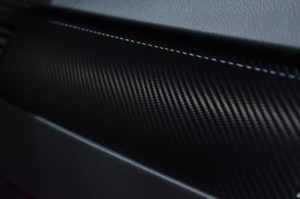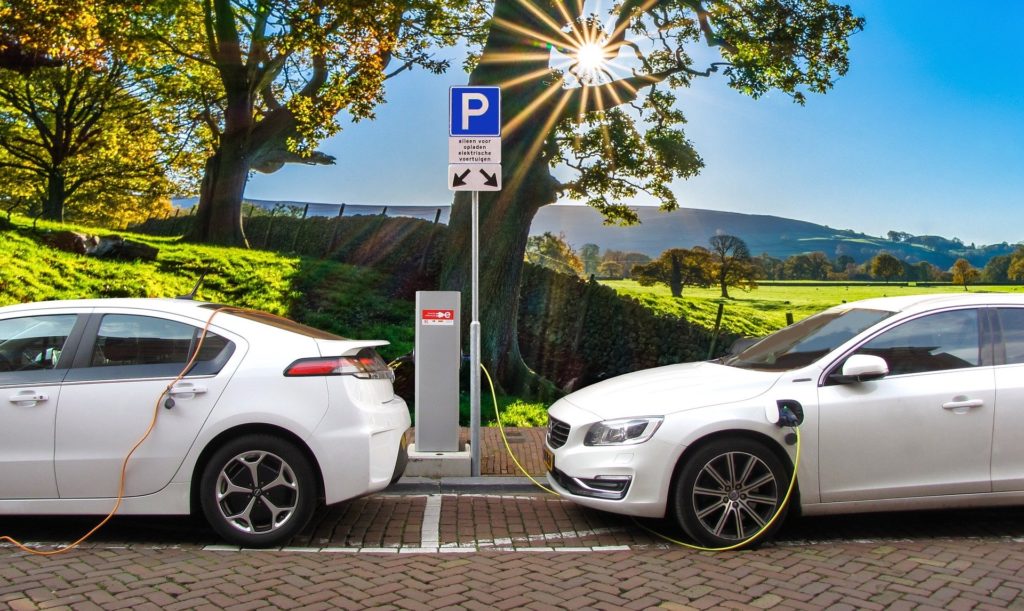Do you know what the future of mechanical engineering will be? We have explored our thoughts below and what we expect to be prominent in the years to come.
First, if you’re looking to launch your own blog and start writing articles yourself, no matter what the subject, you can launch your blog with Bluehost for just $3.95/month.
Start creating content and launch your blog with Bluehost.
Mechanical engineering is one of the oldest but evergreen branches of engineering. Mechanical engineers are always associated with having the ability or option to work in most industries out there. They are heavily linked with manufacturing and the production of parts, but what does the future hold for mechanical engineering?
Looking into the future, the employment of mechanical engineers is expected to grow by 9 percent, and this is consistent with all professions. The drivers for this growth is the further development of the nanotechnology industry and the automotive industry, both of these industries will have to be looked at in-depth in order to predict what the future will hold. Jobs will be available for mechanical engineers that stay up to date with all new technologies, these tech courses (among others) can be found on LinkedIn Learning.
Nanotechnology
“Nano” is the word used to measure any object that is measured in the scales of 10 to the power of -9, that means small, very small. Personally, I have always been fascinated by nanotechnology, but before you go thinking I’m a bigger nerd that I already am, hear me out! Ever since I became aware of what nanotechnology was, I realized that it was the solution to all of the technological dreams that I had.

Nanotechnology is the manipulation of materials at the smallest levels, and this means that it could give me, being the 13 year old kid that I was, all of the “cool” futuristic tech gadgets that I dreamed of. Plus, as the ASME (American Society of Mechanical Engineers) have noted, there is a significant overlap between mechanical engineering and nanotechnology (which may have led me to an engineering degree in the first place!).
The future of mechanical engineering/mechanical engineers in nanotechnology is bright, and they will be a part in nanotech’s role in being a facilitator of “technologies that foster a cleaner, healthier, safer and sustainable global environment.” The overall goal for mechanical engineers on most projects are very similar, and their work on nanotech will be no different, just on a much smaller scale:

- Perhaps the most important application of nanotechnology is in biomedical devices. Cancer has been one of the areas that its targeted diagnosis and treatment can be used effectively, it has been said that it could be a “game changer”. Nanomedicine, as its referred to, it touted to be a $528 billion market by 2019.
- Renewable power is such an important topic nowadays, and mechanical engineers are essential to its success. Nanomaterials, such as enhanced cathode materials, can create more efficient batteries and photovoltaic cells that can store excess solar energy.
- Carbon fiber is a light and strong material, however new materials can be developed through nanotechnology that will be both lighter and stronger than it. Graphene is such a substance, and it has been engineered to filter whiskey into a completely clear liquid. Well… I suppose it can have its drawbacks too! 😉
Nanotechnology has a place in every sector in both commercial and industrial futures. Its success depends on how it is implemented and sustained, and mechanical engineers will be responsible for ensuring that nanotechnology will be successful in the future of mechanical engineering. Nanotechnology can be implemented into structures designed by mechanical engineers using 3D CAD programs like AutoCAD, Revit, Inventor and Fusion 360.
Electric Vehicles
To the normal person, we don’t think about how many singular components combine to make up a full internal combustion engine, like the one that sits under the hood of the majority of modern cars. Each of these components have to be designed and tested by mechanical engineers before entering production to make sure that they will work correctly, as the tolerances in the engine are minuscule.
However, this design of engine is currently under threat of being made a thing of the past, the rise of electric vehicles and their minimal interiors are changing the contribution of mechanical engineers to the automotive industry. They will play a huge part in the future of mechanical engineering.

The cleaner battery-based engine in the electric vehicles is designed to one day replace all internal combustion engines. This is a noble goal, but it does not spell the end of the mechanical engineer in the automotive industry. The ASME saw the imminent rise of electric vehicles back in 2012 and took note of the many challenges that will still face mechanical engineers:
- Designing, testing and installing of the different components and frameworks regarding electric vehicles will still be the responsibility of mechanical engineers. Charging stations will be needed for the new electric vehicles, and it will be down to mechanical engineers to create these charging stations.
- Aluminium alloys, composites and the various plastics used in a modern car will have to be replaced with sheet-metal steel as this is detrimental to the electric motor. The torque generated from the motor will emanate heat, and this will be lost and increase the inefficiency of the motor if the sheet-metal is not installed.
- There will no doubt be an increase in the demand for lithium-ion (Li-ion) batteries for the new electric engines. The market for these specific batteries was valued at $7.8 billion in 2015 and Navigant Research expect this to rise to $30.6 billion in 2024.
- Mechatronics hardware accompanying the high amperage/voltage motor controls and AC/DC inverters will need to be created. Absorbing the vibrations of the vehicle and the varying temperature outside will be the main features of these parts.
Of course, mechanical engineers will still retain the responsibility of working on certain areas, similar to traditional vehicles. Components such as the steering, drivetrain and transmission will continue to be focused on, while the suspension, brakes and heating/cooling systems cannot be forgotten about either.
This shows that a vehicle is not just made up by its engine and there continues to be a multitude of components and features of these cars/trucks/buses that will require a mechanical engineer to be involved. Not to mention that every aspect of any new, mass-produced design will have to be evaluated for safety, efficiency and cost effectiveness by a mechanical engineer.

Alternatively, the robots and automated machines that are slowly making their way into more and more automotive assembly lines are made designed and created by…. Mechanical engineers! They are heavily integrated into the creation of these machines and automakers are already among the largest purchasers of these special kind of robots.
Materials science is not often a topic or subject often related to mechanical engineers when discussing their classic duties. It is a part of the mechanical engineer’s toolbox that is often overlooked, but is essential in bringing a product, be it a part or component, from design to manufacture.
While mechanical engineers are skilled in design, and they will often be found looking over specifications and schematics, here their proficiency in selecting the materials and their applications comes to light. They apply their knowledge of tribology (the study of how surfaces react in relative motion) and fluid dynamics to determine and select the perfect material for the respective design. This could be the spoiler, hood, fender or a taillight on an electric vehicle.
Thank you very much for being here – we appreciate you taking the time to read our content. If you have anything to add, please feel free to leave a comment down below, and sign up to our newsletter for more of the same!
You can also follow us on LinkedIn, Facebook, Twitter, and Instagram so you can stay up to date.


